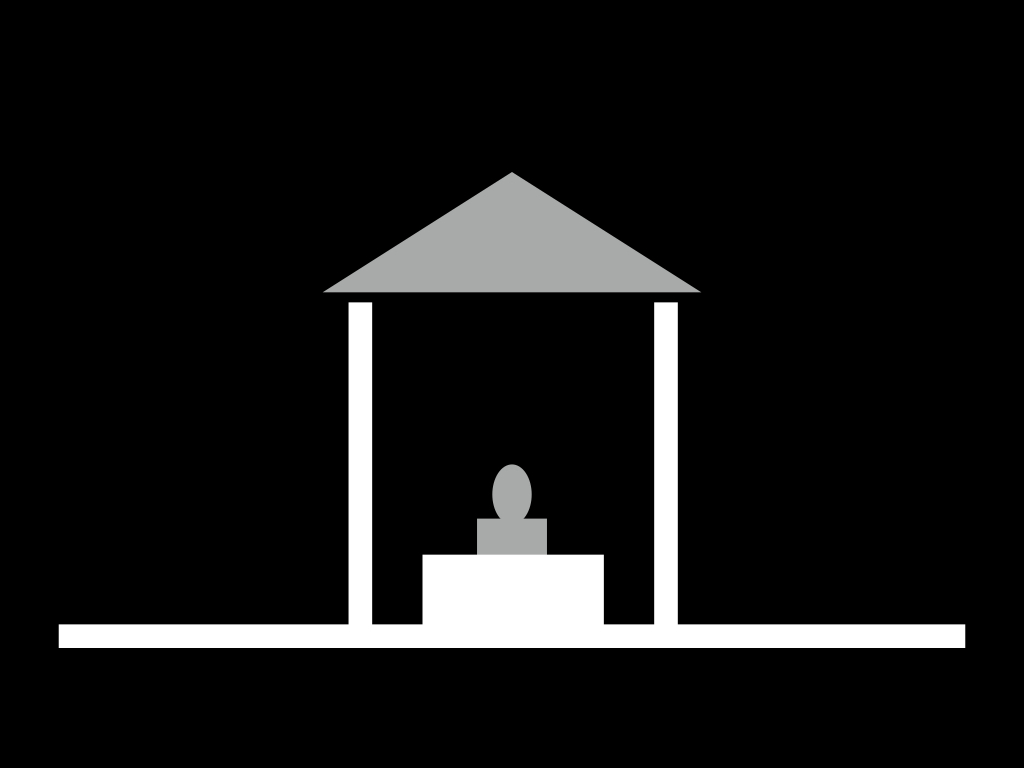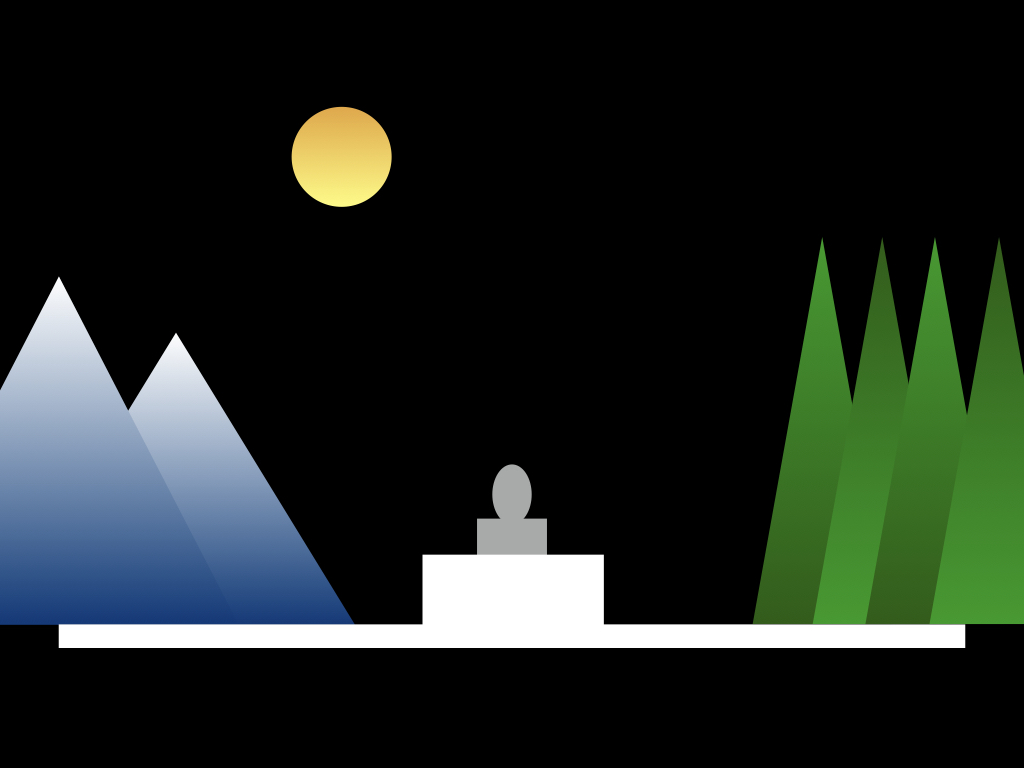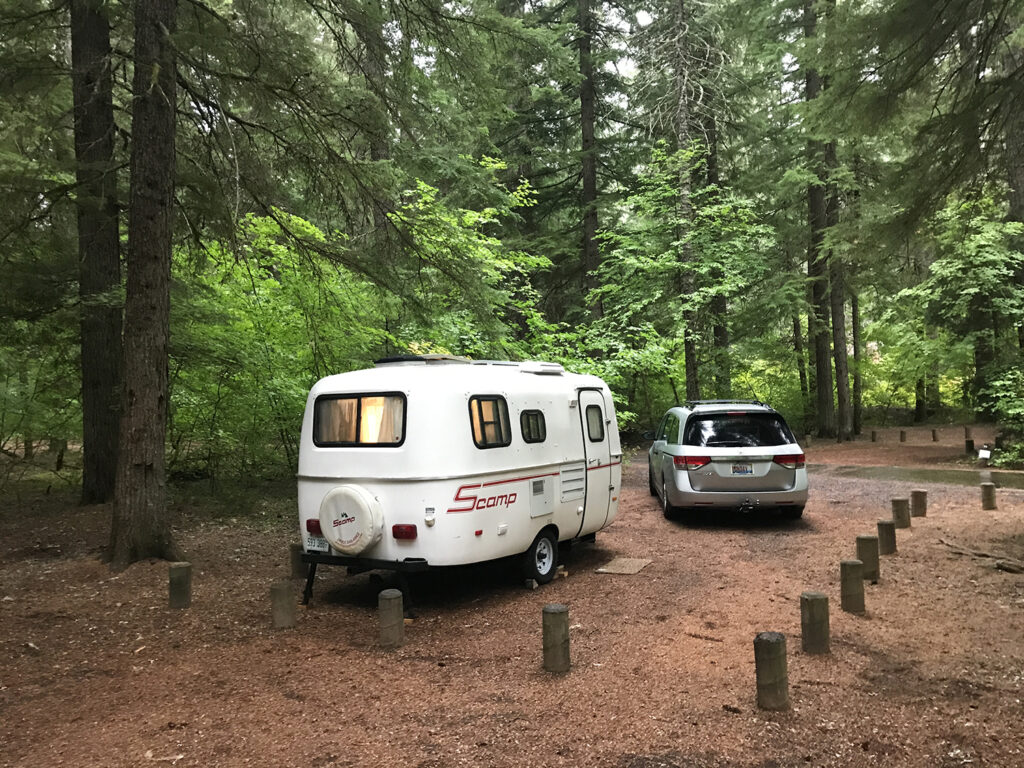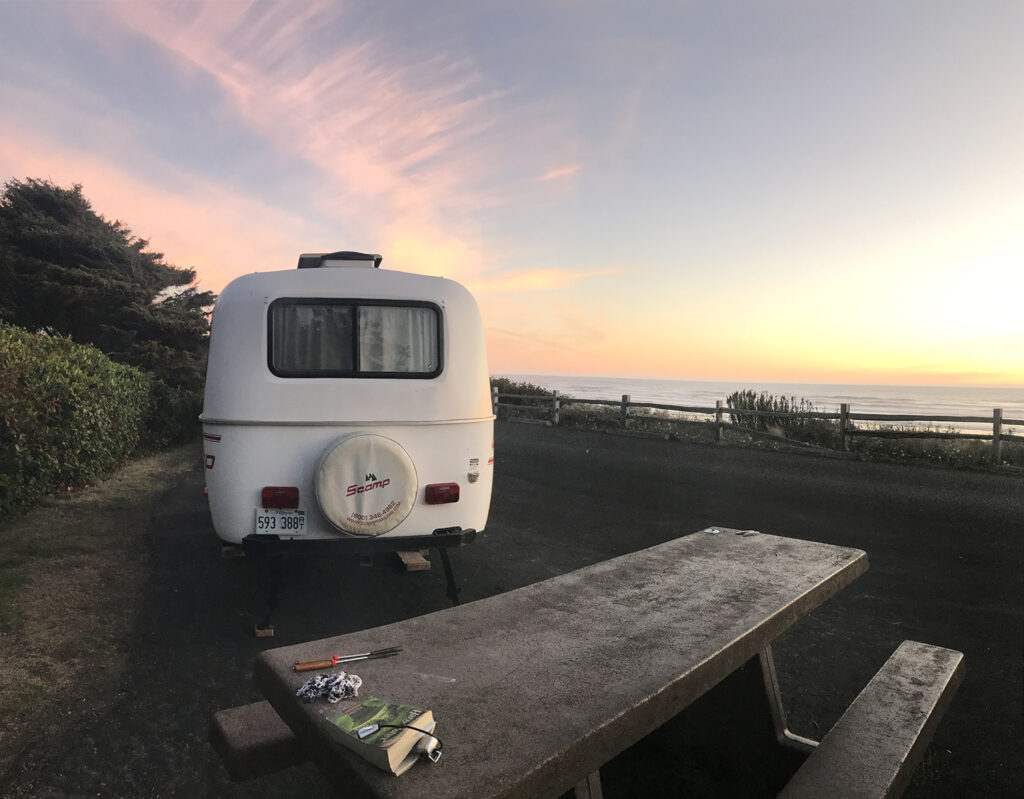If you or someone you know suffers from Social Jet Lag, Ambient Light may help. Talk to your doctor before using Ambient Light. Possible side effects include…
I can hear the television commercial extolling the virtues of the latest miracle drug, Ambient Light. It energizes you in the morning! It is clinically proven to reduce the symptoms of depression!
In the first post on Light & Health, I suggested a 30-minute walk outdoors every morning after the sun is fully up. That would be a great start to getting your circadian rhythm back in sync, because regular exposure to daylight is how our body was designed to stay on track.
But what if you work indoors all day? I sit at my desk under a north-facing skylight for hours on end, when I am not in my darkly-tinted automobile driving to job sites.

This is me, sitting indoors. All day long. Regulated light levels in our buildings are most often designed to provide just barely enough light for our tasks so that we can reduce energy “waste.” We pushed light levels as low as possible- sometimes just 30 foot-candles on our desk- and we know this is just fine for most of us to see.
But we didn’t know much about light and health.
Sitting or standing or working all day in the same energy-driven artificial light environment disrupts our circadian entrainment and reduces the benefit of light. We need more light in the mornings and early afternoons than most of us get, and we need less in the late afternoons and evenings than most of us get.
How much more? We were designed with an automatic iris in each eye to adjust to various lighting conditions. That means we can see with just one foot-candle at a romantic dinner or with 40 foot-candles in our office. We can also see with 10,000 foot-candles on a sunny summer day.
Don’t worry about understanding the term foot-candle. The important fact is that we were designed to get a lot more light from nature than we get from our lights indoors. Here’s how I recommend we design our buildings:

Without walls. Without a ceiling. That would be great for our entrainment.
It’s called camping.
People much smarter than I do research on circadian entrainment. How can we get teenagers to wake up earlier? How can we get adults to sleep better at night? So they get a bunch of test subjects and take them into the woods for a couple of weeks without artificial light.
Guess what? The teenagers start getting up earlier. The adults start sleeping more soundly. Why? Because everyone is getting the same amount of light, because everyone is getting huge amounts of light in the morning and daytime, because everyone is getting less light in the evenings, and softly, slowly fading to darkness. It’s almost like we were designed to use light as our primary schedule regulator. Hmm….

True story: for the past few years, our family has taken epic weeks-long camping trips to explore the United States, especially the national parks. We pack our lives into a minivan and our tiny Scamp trailer and head out in search of nature.
It does not take long for our circadian clocks to start syncing to the natural dynamics of sun and stars. All four of us, from pre-teen to mid-life in age, slowly shift closer and closer to each other in schedule. We start going to bed at the same time, sleeping through the night, and waking up near the same time. It isn’t perfect, but instead of a four-hour difference between my teenager and me at wake-up, we’re up and moving in thirty minutes.
And then we come home, I go to work, the kids go to school, and our outside time is dramatically reduced. We shift back to our normal social habits. We use blinds to keep the morning sun out. We use electric lights to keep the evening darkness out. My teenager wants to read deep into the night. My wife and I have more trouble sleeping through the night. We force my pre-teen to go to bed earlier, even before the sun is fully set, and for some reason he has trouble falling asleep.
Huh.

So here’s the easy way to get the most out of light & health: tear down your walls and stay outside.
That advice is not practical for me, and I bet it will be hard for most of you. If you cannot spend your life camping, try to get as much time outdoors as possible. When indoors, use bright lights in the morning and early afternoon, then dim them all down as you approach evening. Take 5-minute walks outdoors as often as possible. Even a cloudy day has 100x more light than we get indoors.
And go camping when you can. I know a great campsite on the Pacific coast at Olympic National Park….
